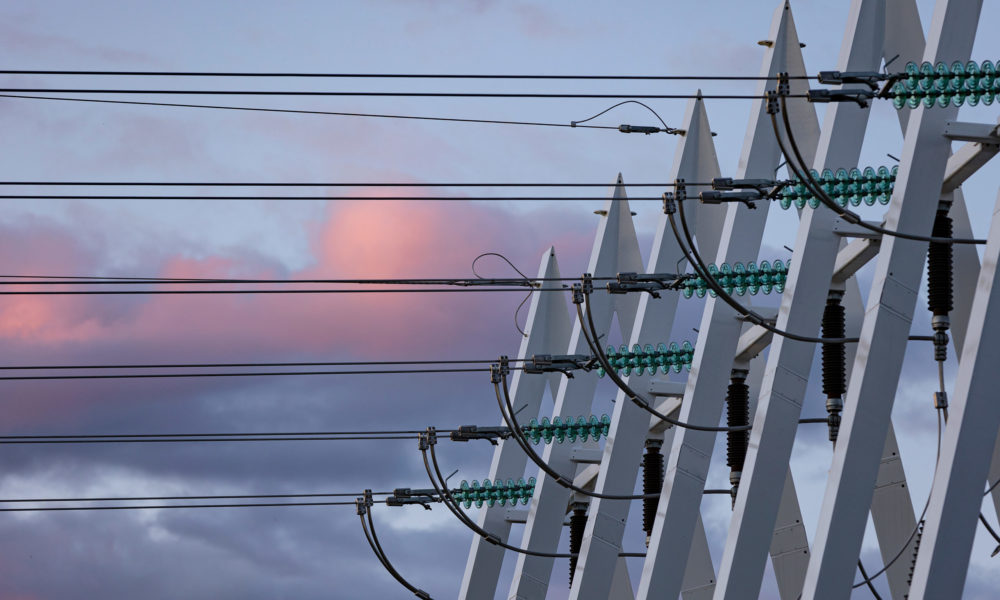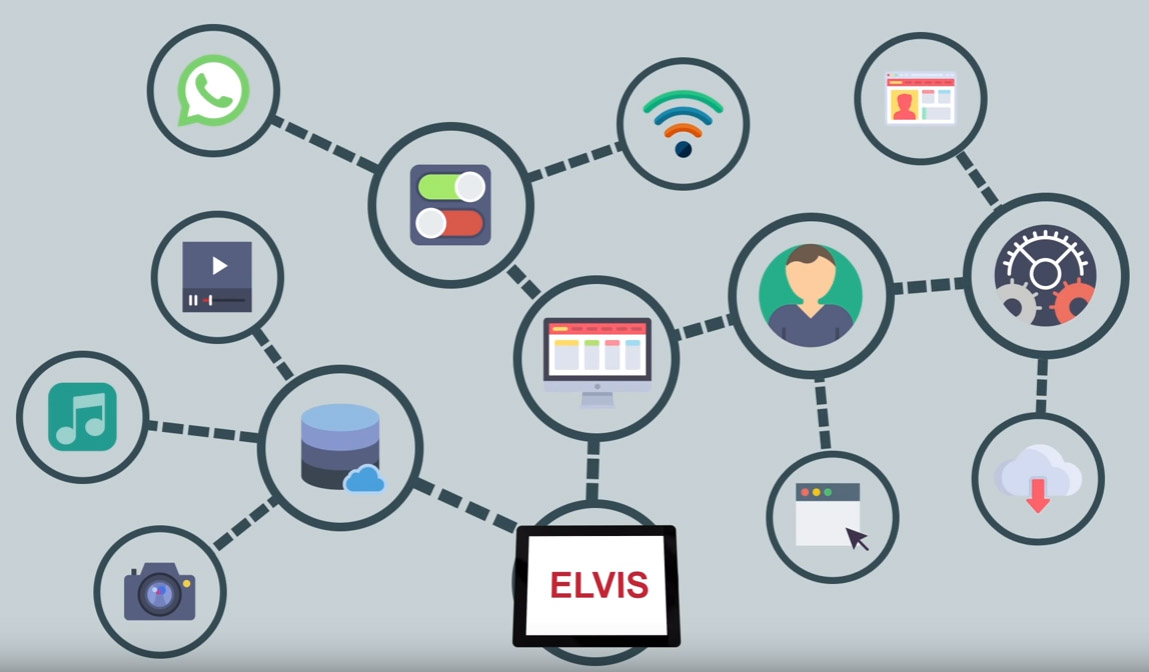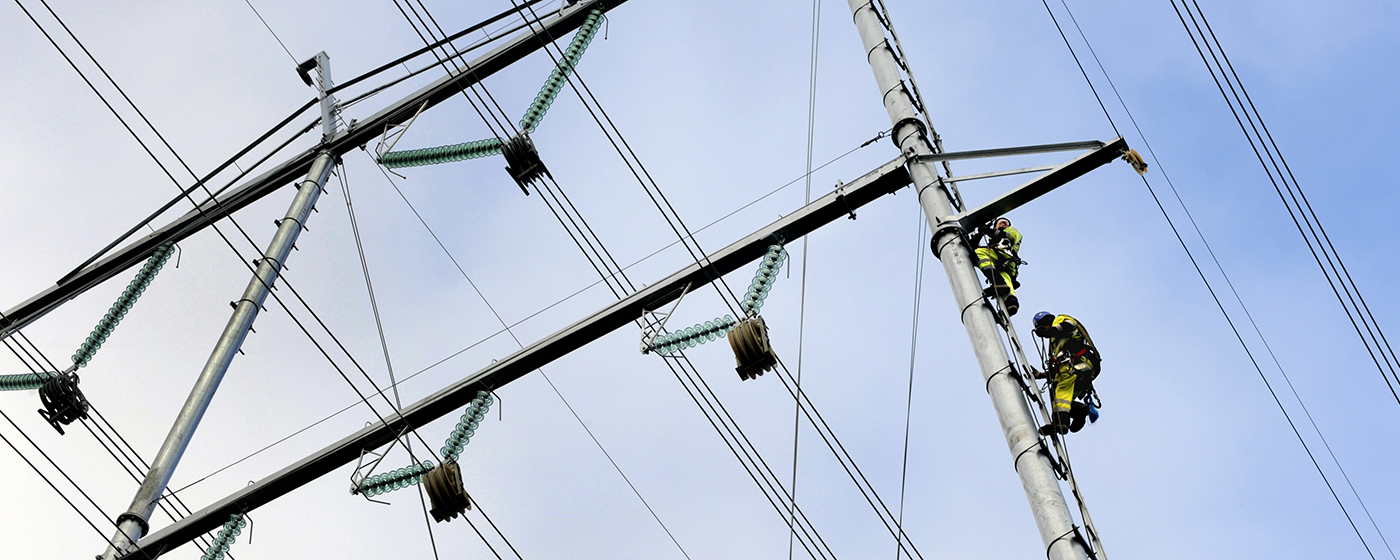Fingrid is responsible for maintaining an instantaneous balance between Finland’s electricity generation and consumption – known as the Balancing Model – as well as rapid recovery from disruptions. In addition to the balancing power markets, Fingrid has access to a rapid disruption containment reserve of 1,300 MW at its own plants and at leased plants.
The Energy Authority has tasked Fingrid with making preparations for disruptions lasting up to 36 hours.
“Disruptions are caused by faults in transmission links and when power plants fall off the grid. The rapid disruption reserve is designed to be able to cover the power deficit caused by a fault in the largest power plant unit or transmission link at any given moment,” says Sampsa Holmberg, Fingrid’s Power Plant Manager.
Testing and trial operation every six weeks
Reserve power plants are required to have a startup reliability of 90 per cent. Readiness is maintained by testing each unit and putting it into trial operation every six weeks. Fingrid owns 23 power plant units.
Approximately 1,000 m3 of oil is consumed by trial startups every year, and this is budgeted into the maintenance costs. The trial operation and costs of leased plants are the responsibility of the plants’ owners.
“Following a competitive tendering process, a single external service provider maintains all of Fingrid’s power plants on a service contract. In all, 15 people are working on testing, maintenance and servicing.
There are nine personnel responsible for plants, as well as their deputies. In addition, a few foremen are needed, as well as experts from various specialisations to work in background activities,” Holmberg says.
In 2019, it has only been necessary to start up the reserve generators once, so the these plants have rarely been needed. For the rest of the time, the plants are idle, but they are ready at the “push of a button”. Reserve power can be started up so that within ten minutes, 900 MW of capacity is online, and even more is available within 15 minutes. The need for reserve power fluctuates substantially from one year to the next.
Most disruptions do not require more than a few reserve power plants to be used, and they are only operational for a few hours at a time. The use of Fingrid’s units depends on which option offers best value for customers.
“In the event of a disruption, the capacity offered by the balancing power markets is used before the reserve power plants. We operate in a market-driven way,” states Holmberg.
Are batteries the future of reserve power?
It is likely that no new power plants will be built when the present ones reach the end of the road. Various means of preparing for future disruptions are currently under consideration.
“Battery technology may provide a partial solution at some point in time. The reserve power stored in batteries could function in the event of disruptions that require a rapid response. However, batteries are not the solution if we need to prepare for 36 hours of disruption,” assesses Holmberg.
Outside Finland, various hybrid power plants have been conceived for use as reserve power systems, including a combination of a gas power plant and batteries. The revolution in the power system will accelerate this debate.




